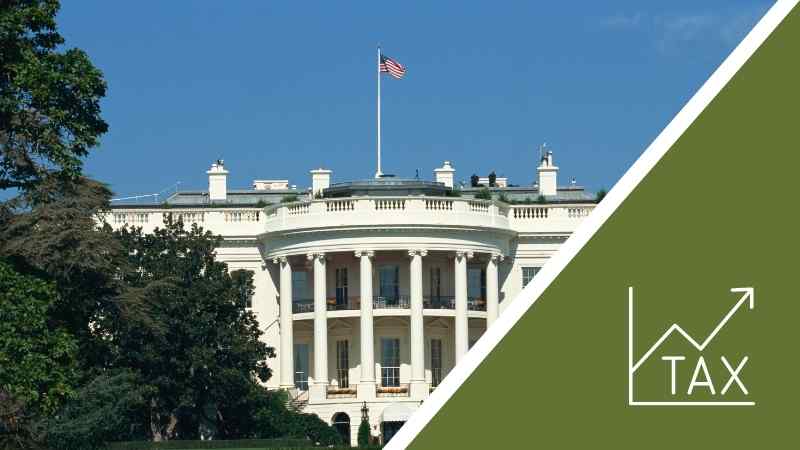Preparing for Potential Tax Increases Under the Biden Administration
Preparing for Potential Tax Increases Under the Biden Administration
The Biden Administration’s American Families Plan and other tax proposals may complicate the tax landscape for high-income earners. Many of the proposals target taxpayers earning more than $400,000 per year.
The American Families Plan proposals include:
- Increasing the top marginal income tax rate to 39.6% for households making over $400,000;
- Taxing long-term capital gains at 39.6% for households making over $1 million;
- Reducing the step-up in basis for gains in excess of $1 million at death and taxing the gains if the property is not donated to charity;
- Eliminating carried interest and taxing that income at ordinary income rates;
- Permanently extending excess business loss limitation rules; and
- Applying the 3.8% net investment income tax consistently for those making over $400,000.
To add significance to these proposals, President Biden also proposes earmarking $80 billion for IRS audit efforts that will target high-income individuals who have engaged in tax avoidance or other tactics to reduce their taxable income. The additional funding will be accompanied by increased IRS enforcement powers.
In addition, President Biden put forth the following proposals during his election campaign:
- Phasing out the 20% qualified business income tax deduction;
- Limiting the benefit of itemized deductions to 28% of their value and restoring the “Pease limitation” cap on itemized deductions;
- Reducing the lifetime estate tax exemption from $11.7 million to $3.5 million (i.e., back to 2009 levels) and increasing the estate and gift tax rate from 40% to 45%; and
- Imposing the 12.4% social security payroll tax on earned income above $400,000.
These proposals, although not specifically mentioned in the American Families Plan, continue to be part of the President’s tax agenda.
What can taxpayers do now?
Given the real possibility of targeted tax increases on the wealthy, as well as the uncertainty of when any increases might take effect, individuals, business owners and family offices should review their current situations to identify opportunities in which their overall federal and state tax liabilities could be minimized.
- Taxpayers should evaluate the extent to which they can time the recognition of income and deductions within a desired tax year. Planning should not only be driven by current and future tax rates but also by the taxpayer’s individual facts and circumstances, including income and cash goals.
- Due to the uncertainty of whether tax legislation will ultimately be passed, and to what extent, tax planning efforts should include multiple “what-if” scenarios to prepare for a range of possible legislative outcomes and effective dates.
- As the future tax landscape takes shape, taxpayers should consider strategies to minimize tax on their capital gains, such as:
- Accelerating capital gains to take advantage of lower rates;
- Managing levels of other taxable income to avoid higher rates on capital gains;
- Timing when tax is due by using or electing out of the installment method; and
- Using deferral strategies such as like-kind exchanges, investments in qualified opportunity zones, and ESOP rollover transactions.
- Individuals and families should revisit their estate plans in light of President Biden’s tax proposals. Individuals—especially those with large estates—should evaluate the benefits of multi-generational wealth transfers, the use of trusts and other estate planning opportunities, and be prepared to implement strategies in advance of proposals becoming law.

